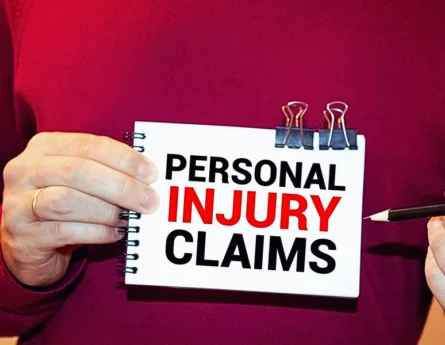When patients pursue personal injury claims, your treatment notes often become a focal point for scrutiny—especially by insurance adjusters. These adjusters are trained to look for gaps, inconsistencies, or vague language in medical records as a way to question the legitimacy of the injury, reduce the settlement amount, or deny coverage altogether.

If you’re not prepared, even solid chiropractic care can be undermined by weak documentation. Here’s why insurance adjusters may challenge your treatment notes, and how to respond effectively to protect your patients and your practice.
Vague or Subjective Language
Insurance adjusters are looking for objective, measurable evidence of injury. Notes filled with phrases like “patient reports pain” or “tight muscles” without clinical context are easily dismissed as subjective and unprovable.
How to respond: Use specific language supported by objective findings. Include orthopedic and neurological test results, range-of-motion measurements, and detailed descriptions of how the patient’s function is impaired. Your notes should tell a clear, medically sound story of injury and recovery.
Lack of Clinical Rationale
Adjusters often look for justification behind your treatment plan. If you’re performing repeated adjustments without explaining why, or continuing care without showing patient progress, they may argue that the treatment was excessive or unnecessary.
How to respond: Document your clinical reasoning. Tie each procedure to specific diagnoses and functional limitations. Update your treatment plan based on the patient’s progress, and explain changes or extensions clearly. Demonstrating that your care is tailored and medically necessary is key.
Inconsistencies in Records
Discrepancies in patient complaints, diagnoses, or reported progress across visits are a red flag for insurance companies. These inconsistencies can be interpreted as exaggeration or fabrication.
How to respond: Maintain consistent, chronological records. If symptoms change, explain why—perhaps due to inflammation, activity levels, or delayed-onset conditions. Align your notes with other documentation, such as imaging reports or referrals, to support consistency.
Boilerplate or Copy-Paste Notes
Identical treatment notes across multiple visits—especially without documented progress—make it appear that care is routine rather than responsive to the patient’s condition. Adjusters see this as a lack of individualized care.
How to respond: Customize each entry. Even if the treatment is similar, explain how the patient responded to the previous visit, how they’re progressing, and why continued care is appropriate. Show that you’re actively assessing and adjusting the treatment plan.
Proactive Strategies to Prevent Pushback
The following strategies can help ensure your notes hold up against the insurance company’s challenges:
- Use evidence-based guidelines for treatment duration and frequency.
- Implement standardized outcome measures (e.g., pain scales, Oswestry Disability Index) to track improvement.
- Collaborate with attorneys when appropriate to ensure your documentation aligns with the needs of the legal case.
- Train your staff to maintain consistent and accurate intake and follow-up procedures.
Insurance adjusters aren’t medical professionals. They’re trained to find reasons to deny or reduce claims. That means your chiropractic treatment notes must go beyond clinical value and stand up to legal and financial scrutiny.




